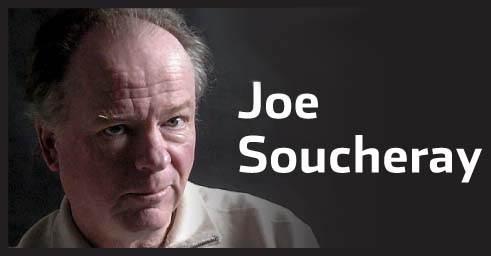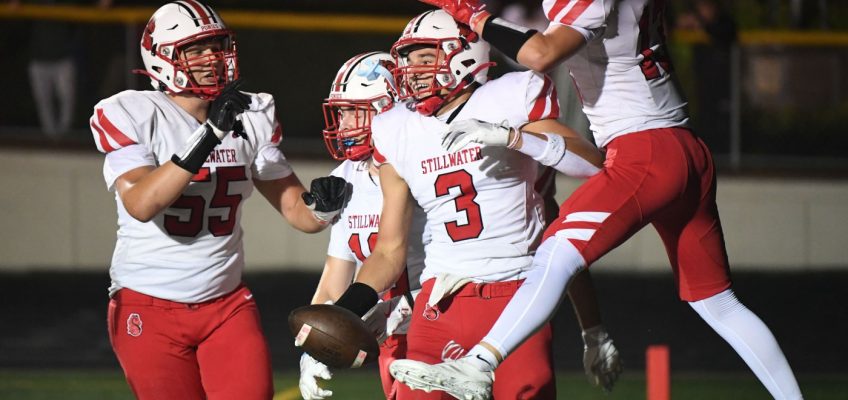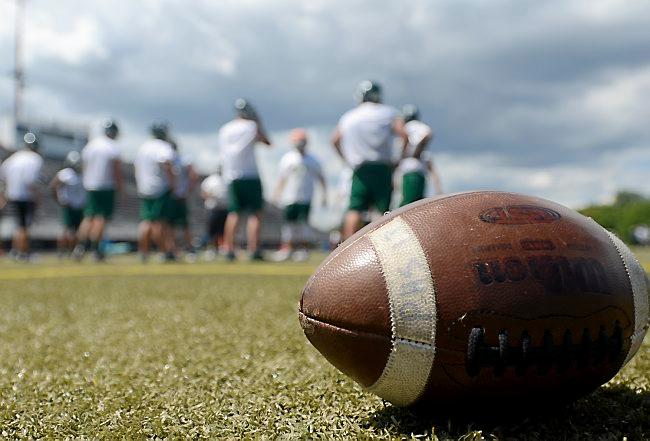The fraud continues at flood stage, with the governor, Tim Walz, and his agency heads expressing no more embarrassment or regret than they might for failing to set the table correctly for a picnic.
Joe Soucheray
“We forgot the mustard, but steps have been taken to prevent forgetting mustard going forward.”
“Ketchup?”
“That too.”
More than $10 million has been fraudulently stolen from Housing Stabilization Services alone, a program developed by the Minnesota Department of Human Services to help people with disabilities in need, many of whom remain in need. We learn this the same week that Walz has made it public that he intends to seek an unprecedented third term in a row. It is perversely fascinating that Walz can receive a new report of fraud under his watch and then excuse himself to go play Regular Guy by patting the fender of his prop International Scout for a new campaign ad.
Mostly, Walz’s agency heads – he hired them – conveniently got a sail full of wind and disappeared when the going got too fraudy. Heather Mueller was the Department of Education commissioner, but when the food fraudsters claimed they were feeding 6,000 kids a day from a grimy storefront the size of her waiting room, she vanished.
Jodi Harpstead was commissioner of Human Services, but her agency was gushing money from a fire hose of fraud, autism care, day care, Medicaid, housing stabilization, and she vamoosed in February of this year, replaced by Shireen Gandhi.
Gandhi is a veteran of DHS and was for many years the budgeting and financial chief of the outfit. Gandhi has been visible and usually available for the cameras, offering nothing of substance except vowing not to forget the condiments the next time.
Related Articles
Dan Stoltz: Celebrating 40 years of the Ordway and performing arts ‘for everybody’
Sabrina S. Fu: To see the caring human underneath
Real World Economics: When Fed’s mandates are in conflict
Skywatch: Shoot high for celestial treasures
Your Money: How are you feeling about money? (no, really.)
Some of Walz’s people are unlucky. Eric Grumdahl, an assistant commissioner in DHS whose responsibilities apparently included Housing Stabilization Services, apparently was fired, making him probably the first employee in the long Walz tenure of fraud to actually suffer a consequence.
In fact, Grumdahl was fired this past Tuesday, one day before DHS was to appear before the new Fraud Prevention Committee of the Minnesota House of Representatives. To Grumdahl’s presumed regret, he didn’t catch a gust and sail away like the others but is conveniently unavailable nonetheless.
“This is yet another example of DHS and the Walz administration dodging accountability for their failures,” Rep. Kristin Robbins, R-Maple Grove, the fraud committee’s chair, was quoted saying by Alpha News. “I would have expected Assistant Commissioner Grumdahl to attend the hearing and answer questions today, but DHS never intended for him to come.”
Having never stolen anything of taxpayer consequence, a pack of chewing gum once and a car tire, I can only offer an amateur’s theory on what happened to this once functioning state. COVID hit. Americans were essentially told to shut everything down. Stay at home. Don’t go to work. For God’s sake, don’t patronize a restaurant or small business. The government pumped money into new programs to make up for losses in services and income. It became a perfect storm of incompetent governments flush with cash. When fraudsters realized they could get money by claiming to feed children, they were on that like ants on spilled sugar. New scams developed overnight, all seemingly competing to top the food fraud scam, which is nearly at $250 million stolen and the trials not near completion. It was as hedonistic as lighting cigars with $100 bills. The U.S. attorney has estimated the total amount of fraud under investigation could total $1 billion.
Are our government employees in on it? Are they crooks, too? Does it go to the top? Probably not, although, gratefully, we are fated to find out because acting U.S. Attorney Joe Thompson is just getting warmed up. It’s more likely that our worthies were overmatched, bamboozled, tricked, conned, duped, bilked, fleeced, swindled and hoodwinked. If they were hockey players, the fraudsters undressed them with the spin-o-rama move.
And the impossibly obtuse man in charge actually believes he deserves a third turn.
Joe Soucheray can be reached at jsoucheray@pioneerpress.com. Soucheray’s “Garage Logic’’ podcast can be heard at garagelogic.com.




